Is Grass-Fed Tallow one of the Best Ingredients for Skin Care?
Primal Edge Health participates in the Amazon Services LLC Associates Program and other affiliate programs and therefore, may collect a share of sales or other compensation from the links on this page. This comes at no additional cost to you, and all the prices and availability are accurate at the time of publishing.
Ever wonder what people used to nourish their skin before modern lotions were invented?
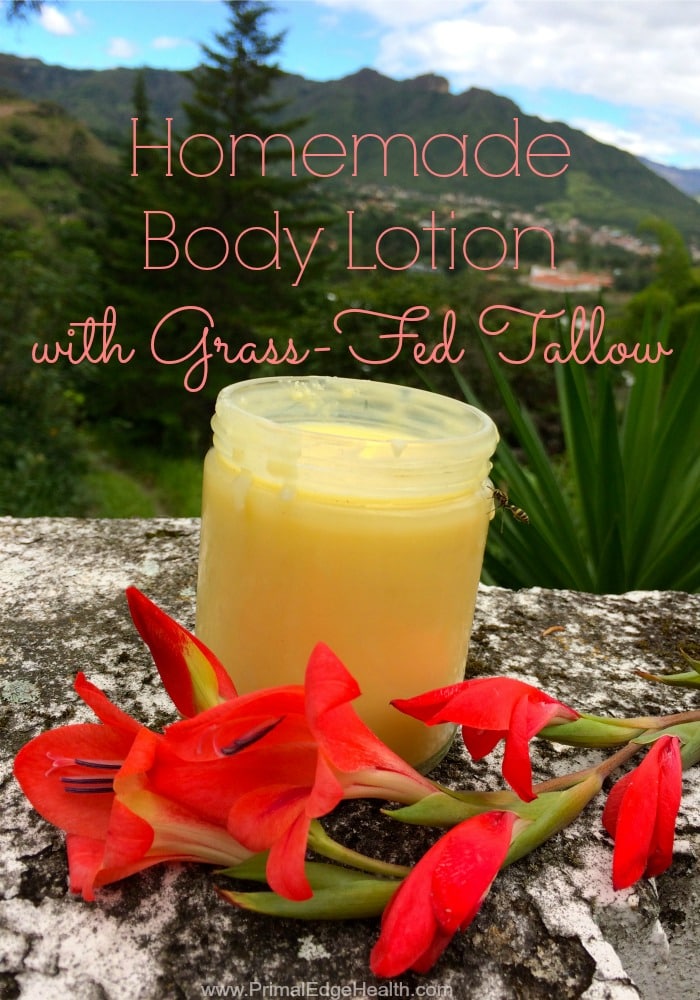
I first used beef tallow as skincare purely by accident. After learning how to render beef tallow, I had some on my hands and thought coconut oil is good for the skin, let’s try tallow, then wiped them clean on my legs. Lo and behold, I am not the only one that has discovered this wonderful (and easy to make) natural nourishing skincare.
Tallow is a nutritionally dense form of rendered animal fat from suet, the fat that encloses kidneys and extends down the loin. People most commonly use suet from beef, bison, deer, elk. Lard is the equivalent from a pig. I can only speak to beef tallow, as that is all I have used personally. Although one day I hope to have the opportunity to try others.
Rendering your own tallow is easy and affordable but if you would rather buy some to try, check out US Wellness’ grass fed small pail or a 5 gallon bucket which would provide plenty for
Is tallow one of the best ingredients for skin care?
I like to keep my skin regimen as natural and non-invasive as possible, and organic skincare has been my go-to pillar right next to red light therapy, which is a non-invasive technique to boost collagen. Thankfully, tallow skincare is a great way to use whole food ingredients to support healthy skin.
I already learned about the useful health benefits and dense nutritional profile when I wrote on how to render tallow at home. After reading these supporting comments to the wonderful benefits of tallow specific to skincare, I was sold!
From Traditional Nourishing and Healing Skin Care by Andrew J. Gardner, Weston A. Price Foundation
“As we have already seen, our ancestors overwhelmingly used tallow for skin care. For example, a book of “recipes” for all facets of life, written by Dr. A.W. Chase, MD in 1866, lists ten formulations of salve, eight of which contain tallow, in addition to other natural ingredients.17
The healthy traditions of our ancestors were not haphazard but had a purpose that seems to have been rooted in their very being… We might even say that the ancestral wisdom on nutrition and health is more reliable than modern scientific studies, which are subject to manipulations and misinterpretations and can only look at one small piece of the puzzle at a time.”
As the relationship between tallow and modern scientific research is extrapolated, it is noted:
“Modern-day research confirms the traditional wisdom of our ancestors. From biology, we know that the cell membrane is made up primarily of fatty acids, a double layer, to be exact. Saturated fats constitute at least 50 percent of the cell membrane. Since saturated fats tend to be more solid than unsaturated fats at a given temperature, they help give the cell membrane its necessary stiffness and integrity for proper function.20… Healthy, “toned” skin cells with sufficient saturated and monounsaturated fats would undoubtedly make for healthy, toned skin. Interestingly, tallow fat is typically 50 to 55 percent saturated, just like our cell membranes, with almost all of the rest being monounsaturated,21 so it makes sense that it would be helpful for skin health and compatible with our cell biology.”
So I ask, is tallow one of the best ingredients for skin care?
Gardner comments that the word “sebum” signifying the oily, waxy matter that lubricates and waterproofs our skin actually means “tallow” in Latin. The linguistic connection is a fun note to support the evidence that tallow, and animal fats at large, are beneficial to the skin.
As the final statement to peak your interest in this subject matter, I quote:
“In regard to this compatibility of tallow with the biology of our skin, we should note that we are animals rather than plants, so the modern taboo against animal products in skin care products would seem unfounded and even illogical. In addition to containing very little saturated fats, plant products do not have the same levels of other nutrients needed for healthy skin. Tallow contains the abundant natural fat-soluble activators, vitamins A, D, and K, as well as vitamin E, which are found only in animal fats and which are all necessary for general health and for skin health.Tallow (especially tallow from grass-fed animals) also contains fats like conjugated linoleic acid (CLA), which has anti-cancer24 and anti-inflammatory properties, as well as palmitoleic acid, which has natural antimicrobial properties.25″*emphasis is my own
Avoid nasty chemicals, additives, and preservatives in store-bought lotions.
Our skin is the largest and fastest growing organ in the human body. It should be intuitive that we need to give it some tender loving care. A consensus has yet to be reached about the level of penetration and/or absorption of topical applications through the skin. However, when such a simple change like making your own skin care can mitigate risk, why not take advantage of it?
Think I’m overreacting? Look into your favorite brand of store-bought cream on The Environmental Working Group’s Skin Deep Cosmetic Database and see their well categorized breakdown of questionable and harmful ingredients. The secret is out about the negative health impact fragrances, parabens, phthalates, and other chemical preservatives can have.
Personally, I haven’t used store-bought lotion, lip-balm, or make-up in years. After dabbling around with coconut oil, shea butter, and beeswax based balms I feel happiest with the results of a tallow lotion. Tallow is easily absorbed into the skin without any signs of stickiness or greasy residue. My skin feels great!
Coconut oil is the star of most homemade body balms, lotions, gluten-free makeup, and creams. I prefer using tallow because it is more economical and I can source it locally. My purchase contributes to the sustainable practice of nose-to-tail eating and supports the local economy rather than a long supply chain that stretches to the other side of the world.
I also love using tallow on my lips. Try this DIY Tallow Lip Balm Recipe and see for yourself.
Then, explore all my easy tallow skin care recipes!
Tallow Lotion Ingredients
1 cup grass-fed tallow
1/4 cup liquid oil
15-20 drops essential oils
Yes grass-fed matters. The higher the quality suet, the higher quality and more fat soluble vitamin and mineral rich the resulting tallow will be. Impurities and toxins from antibiotics, pesticides, and synthetic hormones can be stored in fat cells, use tallow from pastured animals that are 100% grass-fed. You can likely obtain high quality tallow from your local farm or get the fat (suet) to render it yourself.
Sweet almond oil, extra virgin olive oil or coconut oil would all make very nice combinations with tallow. It is easy to play around with the oil to tallow ratio and produce various textures of skin care. You can make firm lotion bars, whipped tallow balm, or a creamy skin lotion all by adjusting this ratio to your liking.
Essential oils have a two fold purpose here. First they bring helpful medicinal benefits to the skin and secondly, they disguise the natural smell of tallow, which in and of itself is not that horrible but does take some getting used to. Use whatever oils you like, play around with different blends to receive the myriad of benefits. Lavender is a favorite of mine, it is commonly known be healing to the skin and soothing to the mind. I also really like citrus oils like lemon, grapefruit, and tangerine. The are uplifting and invigorating.
How to Make Tallow Skin Lotion
Melt 1 cup of tallow in a double broiler or in the oven at low heat. This probably will take about 10-15 minutes.
Let the liquid tallow cool and add 1/4 cup oil of your choice. Next add in essential oils. Stir until all ingredients are well combined.
To achieve a smoother consistency, cool it in the fridge until solid.
Store your lotion balm at room temperature. Apply generously to face, arms, and legs. Use for all manner of skin conditions such as dry, chapped, and cracked skin, rashes, burning, and itching.
This blend makes a great gift for a pregnant friend! She can use it as a belly balm as well as nipple cream.
You can also make Beef Tallow Moisturizer or a Pure Tallow Soap!

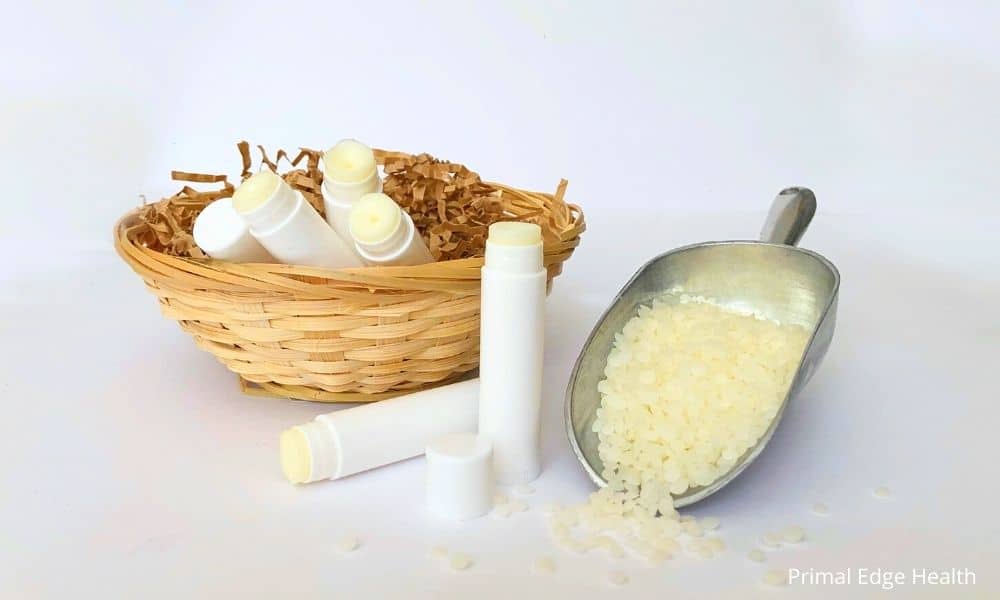

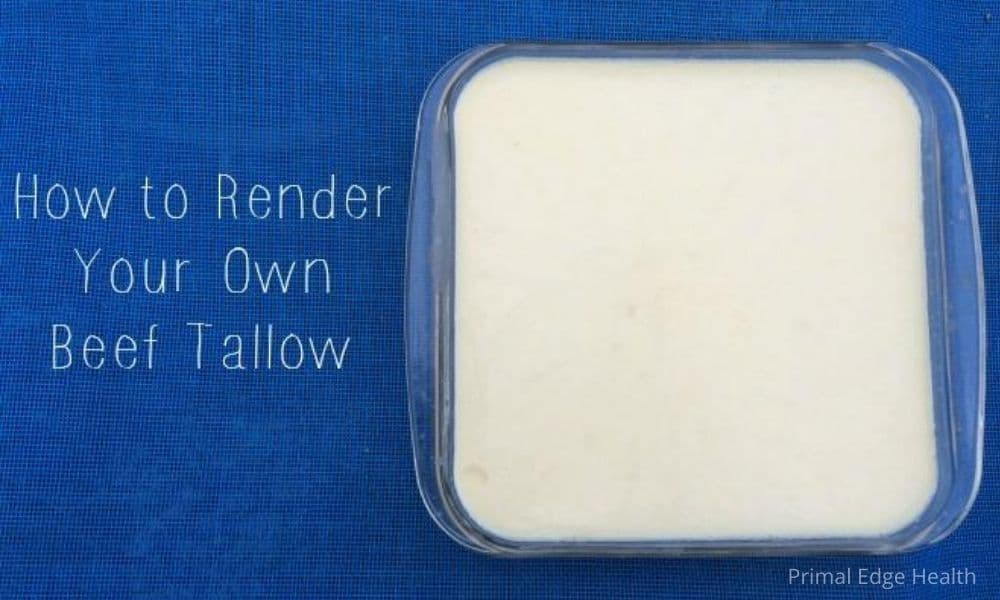

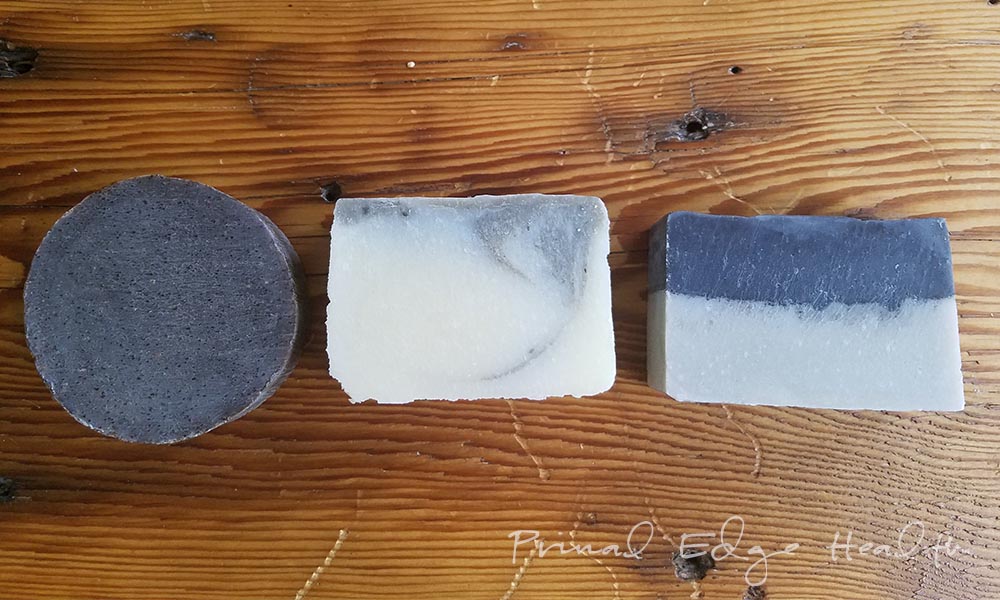
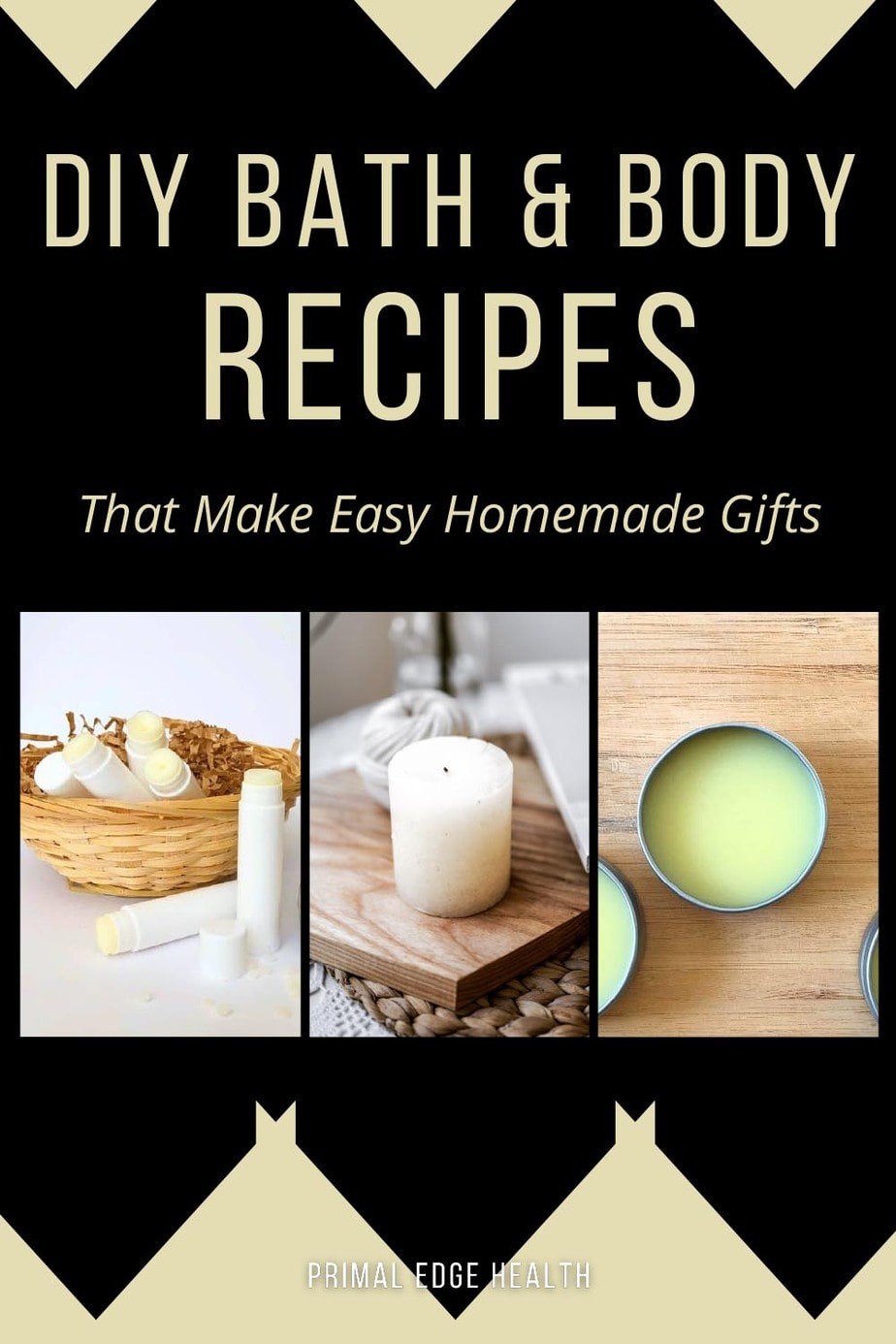
Thanks Jessica, I’ve been searching for an animal-fat based skincare recipe, as I found after a number of years of using Coconut oil, I developed a salicylate intolerance. I have purchased an Australian made tallow based face cream which is lovely, but I would prefer to make my own, with less plant additives. Thanks again for your work.
I’m so glad you’re finding what will work with your skin! I have many DIY tallow skin care recipes, including this tallow moisturizer which is a great all-purpose formula. Thanks for taking the time to stop by and say “Hi”.
Hahaa! Just came on this particular page by accident because I wanted to incorporate the uses of the insane benefits of tallow in my own Oriental Medicine product arsenal here in A’dam and then I realise it’s You Guys; da Primal Edge Health Carni Gangbangers…! ; P
If I never get another chance I just have to tell Tristan; that his YT-channel Rocks So badAss; I Luv his information n da guests he showcases; always so much Fun n Deep Digging stuff at the same time; so Thank him!
Almost had a shot at owning one of the properties there in the area but the idea of sitting there inbetween those many Hardline RawVegan freaks was a downer for me (I was vegan too but not anymore; Haha!) but I must say you all did well for yourselves; Well done!
Anyways Tristan; keep spreading da Luv n stay away from dogmas if possible n please Thank yer Cutesy wife for creating/compiling all those supercool real deal recepies; mucho Fun is had with these… fo’sho ; D
Keep Shining n Best Regards [x_X ]
Roëll,
∞
R. E. Kerkhout
EDEL WIJS Herbs & Foods © Amsterdam, The Netherlands
Forgotten Foods & Tonic Strategies for Colourful People ( /^_^)/
Plantremedies, Consulting and Ethnobotanical & Nutritional Insights…
“Not Yer Average Drug Dealer…”
Thank you so much Roell! I’ll copy this to him now. It’s great to know your out there tuning in 😉